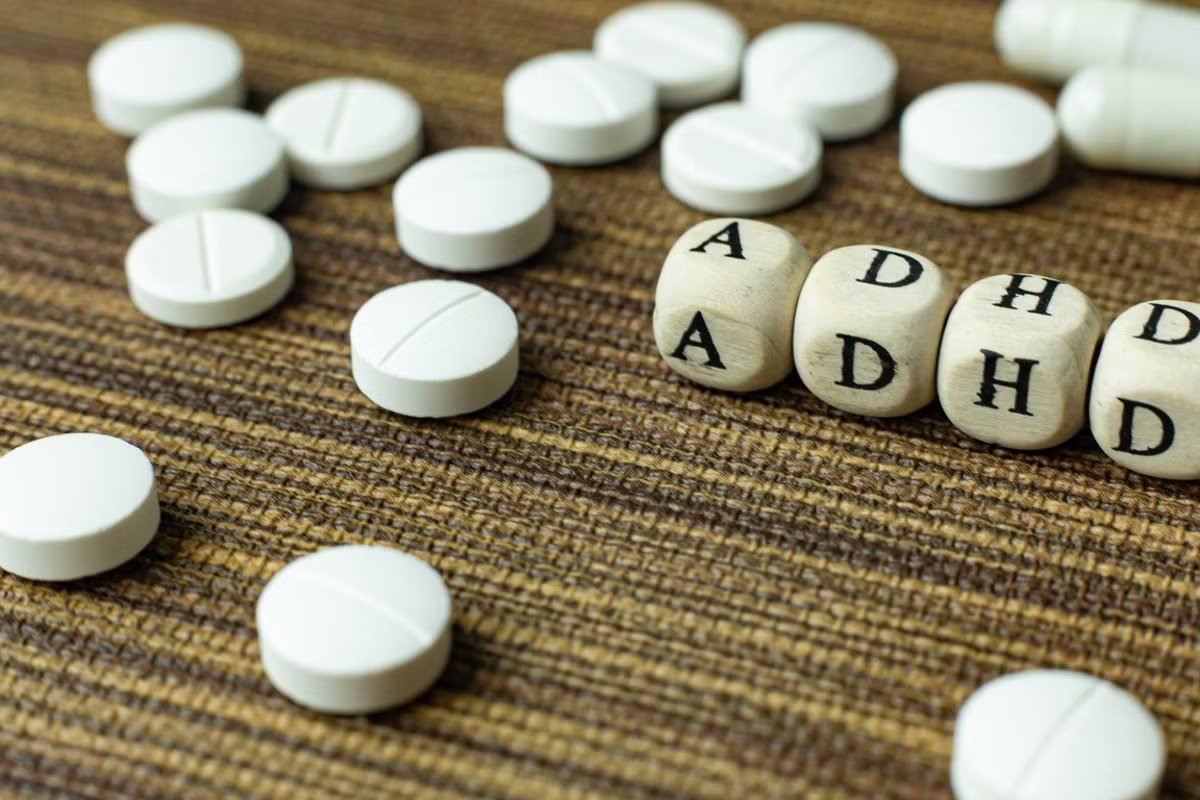Recent data from NHS England estimates that 2.5 million people in England have attention deficit hyperactivity disorder (ADHD), including many who remain undiagnosed. This figure marks the first public release of such statistics, highlighting the prevalence of ADHD. Among those affected, about 741,000 are children and adolescents aged between five and 24. Estimates from the National Institute for Health and Care Excellence (NICE) suggest that ADHD affects approximately 3-4% of adults and about 5% of children and young people.
The data also shows a troubling trend: as of March 2025, over 549,000 individuals were waiting for an ADHD assessment, a notable increase from 416,000 in March 2024.
Seb Thompson, a consultant clinical psychologist and regional psychology lead at Cygnet Health Care, addresses common misconceptions about ADHD and outlines key symptoms to recognize.
Thompson defines ADHD as a neurodevelopmental condition that affects attention, hyperactivity, and impulsivity. While it is often diagnosed more frequently in boys, he emphasizes that girls can also have ADHD, which frequently goes unrecognized.
Some common myths about ADHD include the notion that everyone experiences inattention or restlessness. Thompson clarifies that ADHD symptoms are pervasive and often disrupt daily functioning. He points out that various factors can mimic ADHD symptoms, such as hearing impairments, attachment issues, or other mental health conditions like autism spectrum disorder or depression.
Thompson lists several attention-related challenges associated with ADHD, including: – Difficulty maintaining focus on tasks without immediate rewards. – Making careless mistakes and regularly misplacing items. – Being easily distracted or appearing to daydream. – Struggling with planning, organization, and following instructions across different settings, such as home and school.
In addition to attention difficulties, hyperactivity and impulsivity are significant challenges. Symptoms can include: – Inability to remain still without fidgeting. – Excessive restlessness and discomfort in quiet environments. – Difficulty participating in tasks quietly and trouble with turn-taking. – Impulsive behavior without considering consequences, along with a lack of awareness of risks.
Many individuals with ADHD also face secondary issues such as low self-esteem, depression, and anxiety. These struggles can lead to frustration, causing some to disengage from school or work, and potentially exhibit disruptive behaviors.
Thompson notes that ADHD diagnoses are typically made by specialized assessment teams. Individuals who suspect they may have ADHD are encouraged to consult their GP for appropriate referrals to local services.
Having a clear diagnosis can help individuals understand their brain’s functioning, alleviating feelings of blame or guilt regarding their condition. It can also facilitate access to treatment options, both pharmacological and psychological, enabling individuals to develop coping strategies for managing ADHD effectively.



